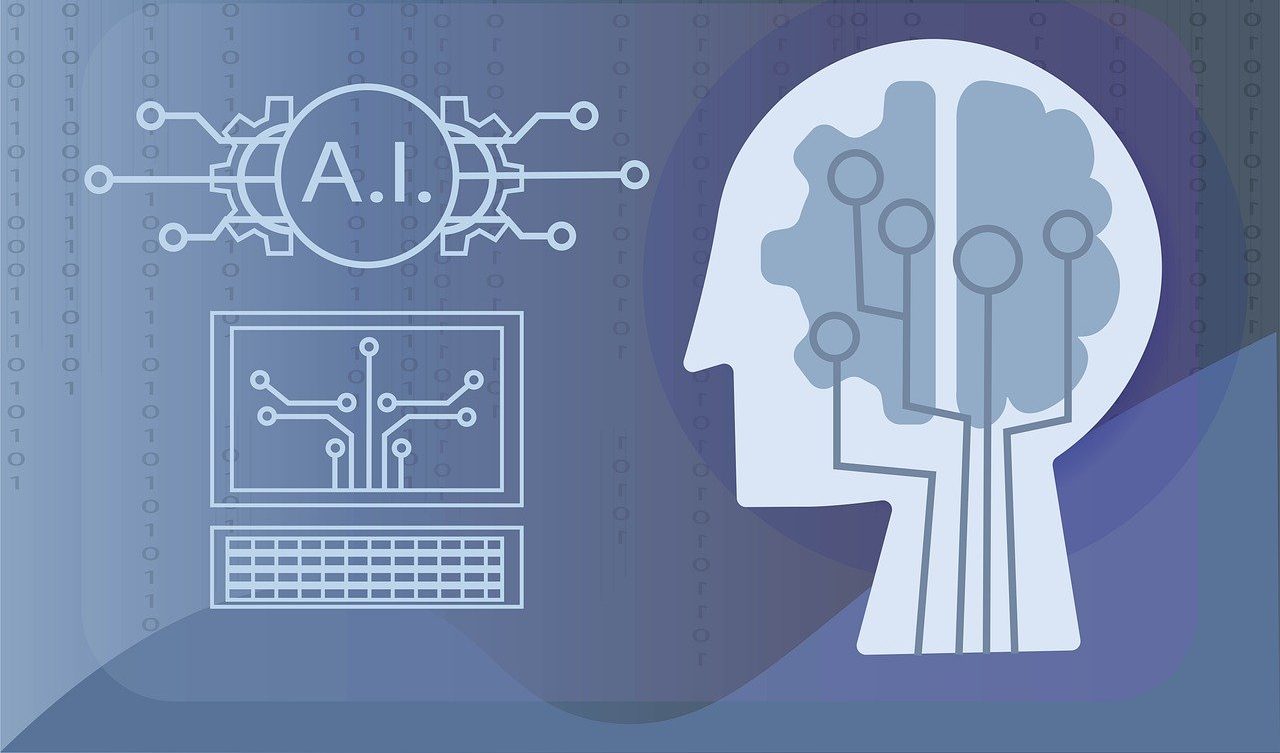Artificial intelligence is revolutionizing the way governments interact with citizens. From streamlining operations to enhancing citizen experiences, AI offers unprecedented opportunities to improve service delivery. By harnessing the power of machine learning, natural language processing, and other advanced technologies, governments can make data-driven decisions, automate routine tasks, and create more personalized and efficient services.

Identifying Areas for AI Integration
Before diving into AI solutions, it’s essential to pinpoint the areas where AI can truly make a difference. Here are some key areas to consider.
- Customer Service: AI-powered chatbots and virtual assistants can provide round-the-clock support, answer common questions, and help citizens navigate complex processes.
- Data Analysis: AI can sift through vast amounts of data to spot trends, predict future needs, and help shape policy decisions.
- Process Automation: Routine tasks such as document processing and application reviews can be automated, saving time and reducing errors.
- Public Safety: AI can enhance capabilities in surveillance, emergency response, and crime prediction.
Developing an AI Strategy
Creating a solid AI strategy is crucial for successful implementation. Here are some key steps.
- Assessment: Take a close look at your current processes to find pain points that AI can help with. Engage with stakeholders to understand their needs and expectations.
- Goal Setting: Set clear objectives for what you want to achieve with AI, such as faster response times, higher citizen satisfaction, or lower costs.
- Data Management: Make sure you have access to high-quality data. AI systems need large datasets for training and operation, so having robust data management practices is critical.
Implementation and Training
Successfully integrating AI into your organization requires careful planning and thorough training.
- Project Management: Assign a dedicated project manager to oversee the implementation. Set clear timelines and milestones.
- Training Programs: Develop comprehensive training programs to ensure staff know how to use AI tools effectively. Continuous training is key to keeping skills up to date.
- Change Management: Address any resistance to change by clearly communicating the benefits of AI and involving employees in the process.
Monitoring and Evaluation
To make sure your AI solutions are delivering the expected results, ongoing monitoring and evaluation are crucial.
- Performance Metrics: Set key performance indicators (KPIs) to measure the impact of AI initiatives. Metrics could include response times, citizen satisfaction, and cost savings.
- Feedback Loops: Collect feedback from users and stakeholders regularly to identify areas for improvement. Use this feedback to make updates to AI systems.
- Ethical Considerations: Ensure your AI solutions adhere to ethical standards, including data privacy and fairness. Establish guidelines to prevent bias and maintain transparency.
Conclusion
Leveraging AI can be a gamechanger for government organizations, offering a way to enhance citizen services, improve efficiency, and drive innovation. By following a strategic approach, you can ensure these technologies deliver meaningful and lasting benefits. As AI continues to evolve, staying informed and adaptable will be key to unlocking its full potential in the public sector.
Tim is a seasoned executive with over 10 years of experience leading IdeaScale’s Public Sector and Defense business. He’s a trusted resource with deep knowledge of government and defense community innovation challenges, particularly in the area of nuclear nonproliferation. Tim spearheads global expansion efforts in LATAM, Brazil, MENA, and Sub-Saharan Africa, fostering a culture of innovation across the public sector. Fluent in Chinese and an avid traveler, Tim brings a global perspective to complex challenges. His expertise lies in guiding government agencies to leverage technology to solve critical missions.





Leave a Reply
You must be logged in to post a comment.